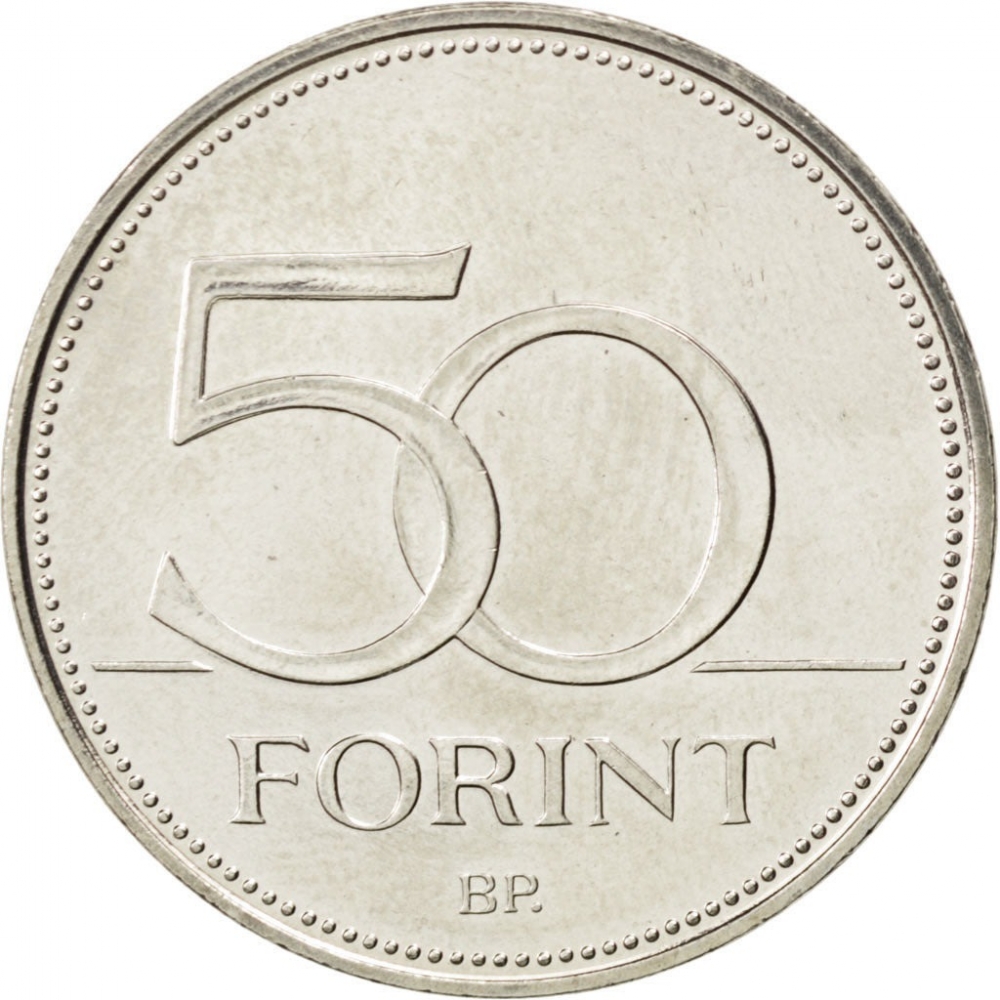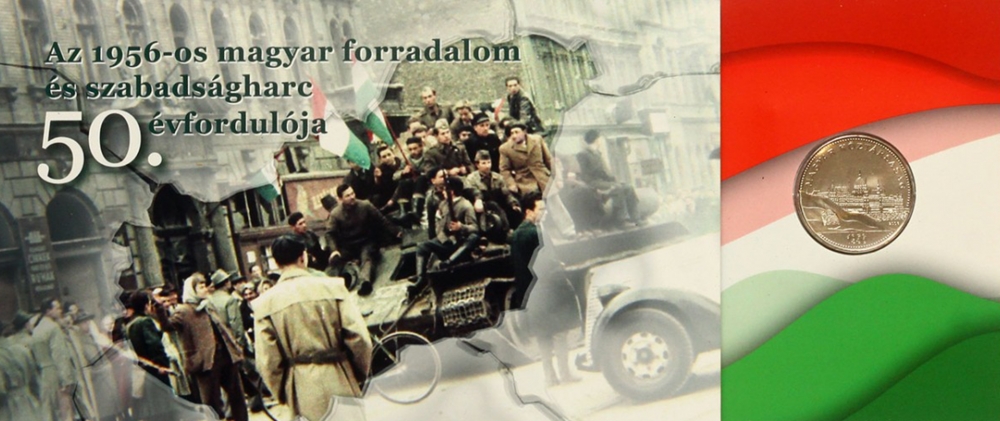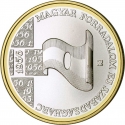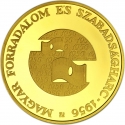You are about to finish your registration. Please check your mailbox (including spam folder). There should be a letter with a confirmation link. Check setting to make sure that your e-mail address is correct.
Send letter againDescription
The Hungarian Revolution of 1956 was a defining moment in Hungary's history. It started as a student demonstration on October 23, 1956, in Budapest, demanding political reforms and the withdrawal of Soviet troops from Hungary. The movement quickly escalated into a nationwide uprising against the Soviet-backed government of Hungary.
The revolutionaries, consisting of students, workers, and intellectuals, formed militias and fought against the Soviet forces and the Hungarian secret police. They managed to seize control of Budapest and other parts of the country, and for a brief period, it seemed that the Hungarian people might succeed in achieving their goals of independence and democracy.
However, the Soviet Union, under the leadership of Nikita Khrushchev, intervened militarily on November 4, 1956. Soviet tanks rolled into Budapest, crushing the revolution and restoring control to the Hungarian government. Thousands were killed, and many more were injured or imprisoned during the brutal suppression of the uprising.
The Hungarian Revolution ultimately failed to achieve its immediate goals, but it had significant long-term consequences. It demonstrated the desire of the Hungarian people for freedom and independence and exposed the brutality of the Soviet regime. The events of 1956 also inspired resistance movements in other Eastern Bloc countries and led to a reevaluation of Soviet policies both domestically and internationally.
Obverse

|
The Hungarian Parliament building is depicted with a view from the Danube, featuring the revolutionary symbol in the foreground and a perforated national flag. The year of issue, "2006," is shown on the right edge. Encircling the outer part within a pearl border, the inscription "Hungarian Republic" appears at the top, while the year "1956," signifying the revolution's onset, is positioned at the bottom. MAGYAR KÖZTÁRSASÁG |
|---|---|
Reverse

|
Depicts the denomination, consisting of slightly overlapping numerals, is located within the pearl border. Decorative lines are found at the bottom on the left and right sides of the denomination. Below it, the inscription and mint mark (BP) are horizontally arranged in two rows. 50 |
| Edge |
50 Forint
Third Republic
KM# 789 Schön# 294 Adamo# FOEM7
Characteristics
| Type | Commemorative Issue (Circulating) |
| Material | Cupronickel |
| Weight | 7.6 g |
| Diameter | 27.4 mm |
| Thickness | 1.7 mm |
| Shape |
|
| Alignment | Medal |
| Mint |
Budapest Mint (BP)
|







